New Minerals Discovered in Somali Meteorite That Crashed Recently, Unseen on Earth Before.
In 2020, a massive meteorite landed in Somalia and was found to contain two minerals that have not previously been observed on Earth. The discovery was made by scientists at the University of Alberta, as stated in a press release.
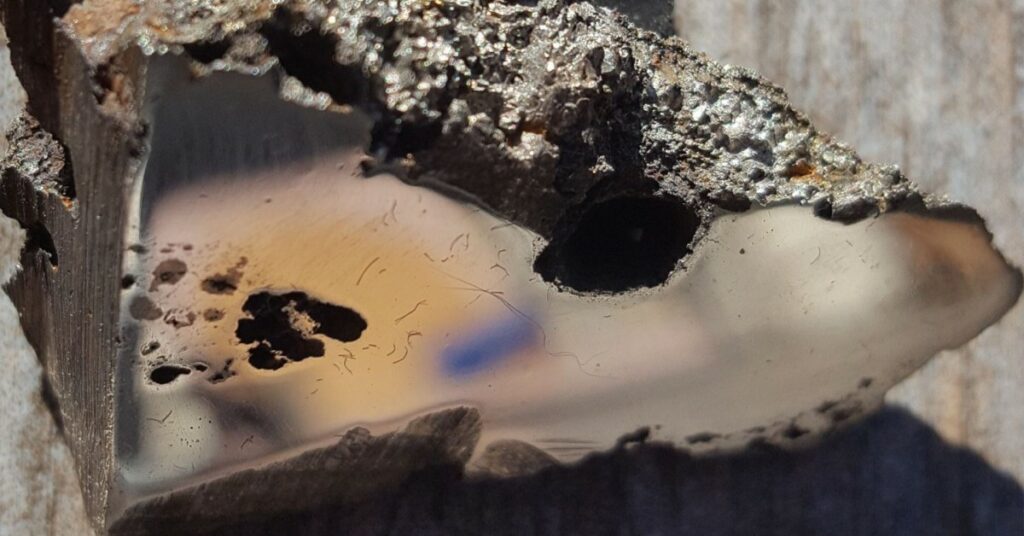
Although the Earth’s atmosphere is bombarded by a significant amount of space debris daily, only a small fraction of it makes it to the ground. Most objects burn up during their descent, ablating due to friction with the atmosphere.
Due to this phenomenon, only a handful of large meteorites manage to make it through the Earth’s atmosphere and land on the planet’s surface. The one that fell near El Ali in Somalia is a rare exception, weighing a staggering 16.5 tons (15 tonnes). This makes it the ninth-largest meteorite ever discovered.
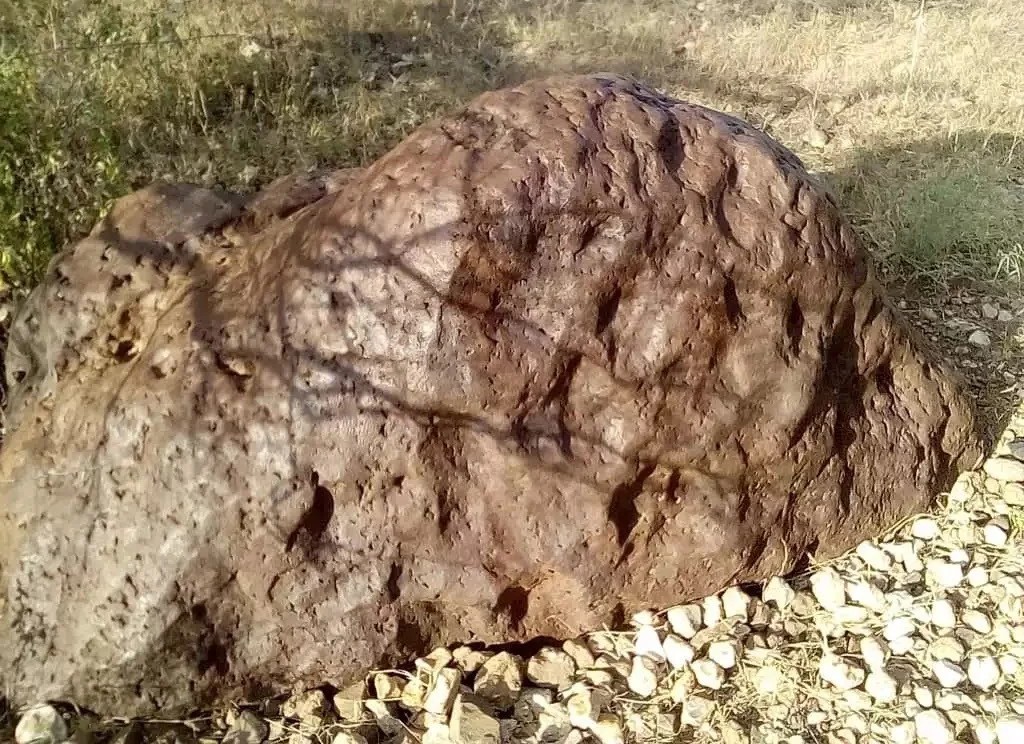
Upon analyzing a small fragment of the meteorite weighing 2.5 ounces (70 grams), which was sent to the University of Alberta for classification, scientists identified two minerals that have never been observed on Earth.
Chris Herd, a professor in the Department of Earth & Atmospheric Sciences and curator of the University of Alberta’s Meteorite Collection, stated that the discovery of a new mineral indicates that the geological conditions and rock chemistry differ from those previously observed. He further added that the meteorite contained two newly recognized minerals, which makes the finding noteworthy.
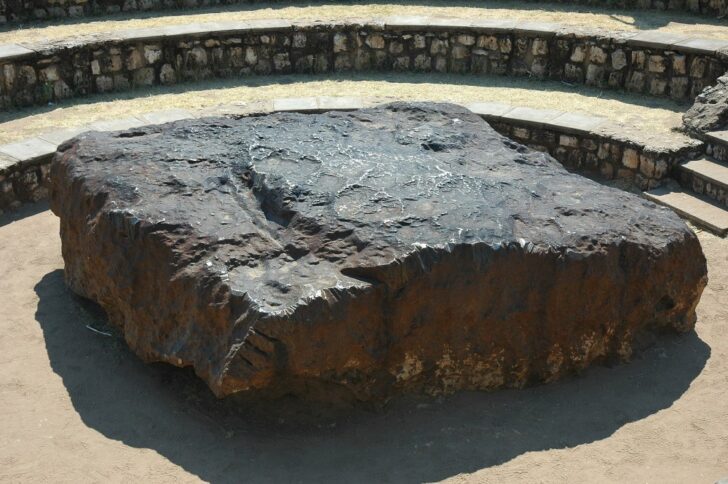
Confirmation of a newly discovered mineral generally requires extensive effort, but in this instance, the two minerals identified had been artificially synthesized earlier. Consequently, the team was able to quickly match their compositions to validate their discovery. The presence of these minerals was also confirmed by the initial examination conducted at the University of Alberta’s Electron Microprobe Laboratory.
The newly identified minerals are called elaliite and elkinstantonite, with the former being named after the meteorite and the latter after Professor Lindy Elkins-Tanton, the principal investigator for NASA’s upcoming Psyche mission. According to Chris Herd, recognizing Elkins-Tanton’s contributions to planetary formation studies by naming the mineral after her was appropriate, as her work on iron-nickel cores formation in planets is pertinent to the closest analog we have-iron meteorites.
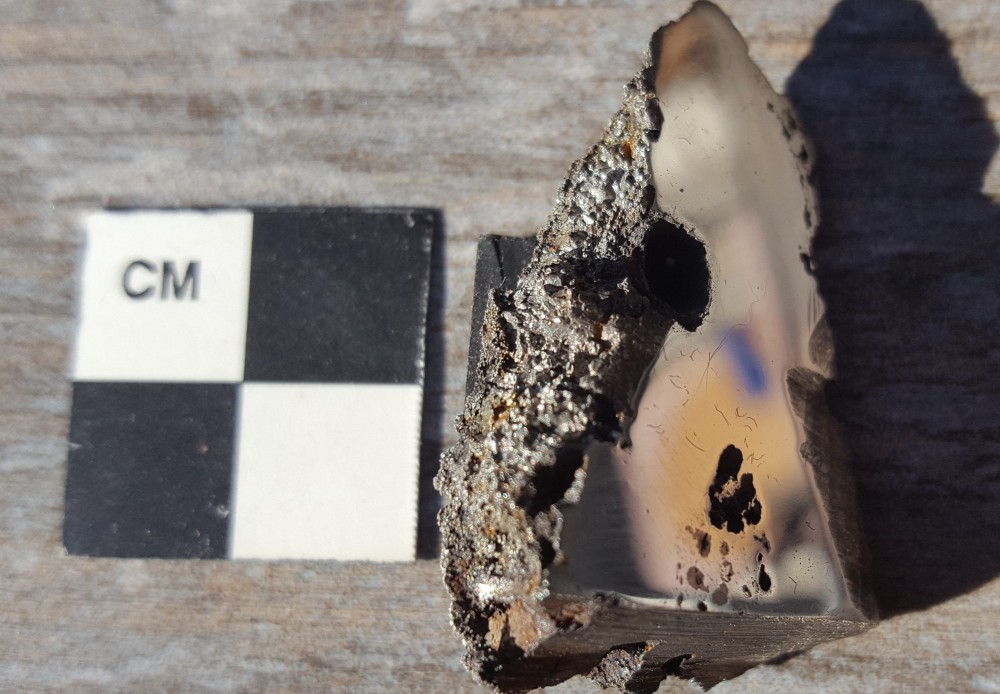
It is noteworthy that there could be a third mineral waiting to be discovered in the meteorite, but its presence cannot be confirmed until further analysis is carried out. Herd commented that there could be more minerals in the meteorite if more samples were obtained, but it is unlikely as the meteorite has been transported to China for sale. It is uncertain whether a potential buyer would allow further samples to be taken for scientific research.
Do not forget to share your opinion with us to provide you with the best posts !



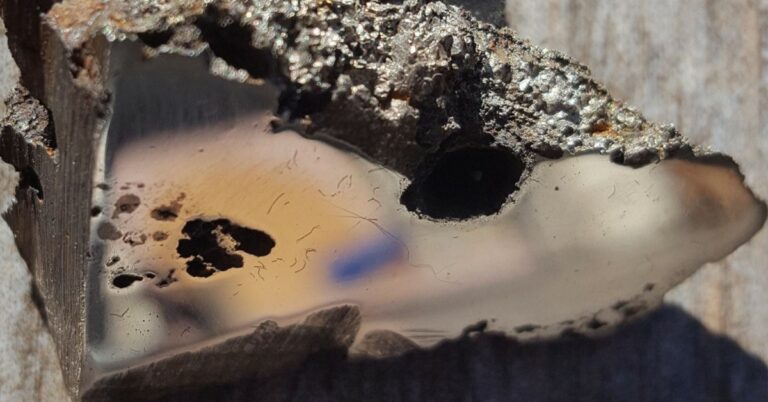
0 Comments